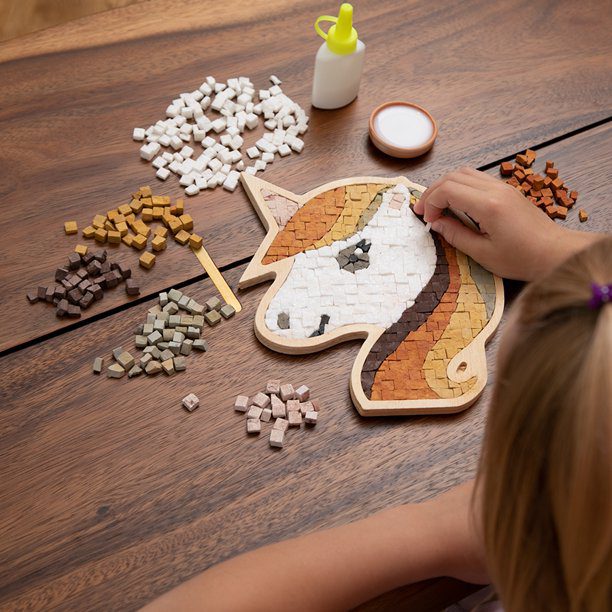Jigsaw puzzles have a history that dates back to the 18th century, when London-based engraver and mapmaker John Spilsbury created the first puzzle as an educational tool. In the 19th century, puzzles became popular as a hobby among adults and the introduction of new materials made production more affordable. Popularity declined during World War II and in the 20th century, puzzles were viewed as a pastime for children. However, in recent years, adults have rediscovered the joy of putting together a puzzle and researchers have found that puzzles can be beneficial for mental health, improving cognitive abilities and reducing stress levels.
The Fascinating History of Jigsaw Puzzles: From Pastime to Therapy
Introduction
Jigsaw puzzles have been entertaining people for more than two centuries. Initially, jigsaw puzzles were seen as a pastime but nowadays they are also used for therapy.
Early History
In 1760, John Spilsbury, a London-based engraver and mapmaker, created the very first jigsaw puzzle. Spilsbury’s invention was not intended for entertainment but for educational purposes. He mounted a map on a piece of wood and then cut around the continent outlines. The purpose of Spilsbury’s invention was to teach geography in a more interactive and fun way.
The Golden Age of Jigsaw Puzzles
It was not until the 19th century that jigsaw puzzles became popular as a hobby among adults. In the last quarter of the 19th century, there was a great boom in the puzzle industry. Puzzle makers started using new materials like cardboard that made mass production possible. The invention of lithography also made high-quality printing possible, which helped to make the price of jigsaw puzzles more affordable for people.
In the 1920s and 1930s, jigsaw puzzles were very popular in the United States. The country experienced a great economic boom, which meant that people had more free time and more money to spend on leisure activities.
The Decline and Reinvention of Jigsaw Puzzles
The popularity of jigsaw puzzles declined during World War II as the materials needed to manufacture the puzzles were diverted to the war effort. After the war, interest in puzzles picked up again in the United States.
In the 20th century, jigsaw puzzles were viewed as a pastime for children. However, in recent years, adults have rediscovered the joy of putting together a puzzle.
Jigsaw Puzzles as Therapy
In recent years, researchers have found that jigsaw puzzles can be beneficial for mental health. Doing jigsaw puzzles can help to reduce anxiety and stress levels, as well as improve cognitive abilities such as memory, spatial awareness, and problem-solving skills.
The pieces of a puzzle come together to create a whole picture. In the same way, jigsaw puzzles can help to bring people together. Completing a puzzle can be a social activity that can promote interaction and communication between people. It is also an activity that people can do alone, which makes it perfect for people who need some quiet time for themselves.
Conclusion
In conclusion, jigsaw puzzles have an interesting history that dates back to the 18th century. Jigsaw puzzles have gone from being an educational tool to a pastime and now to a tool for therapy. Doing a jigsaw puzzle can provide a sense of satisfaction and accomplishment. It is also an effective way to relax and reduce stress. Therefore, it’s not surprising that this old pastime has stood the test of time and is still enjoyed by millions today.
